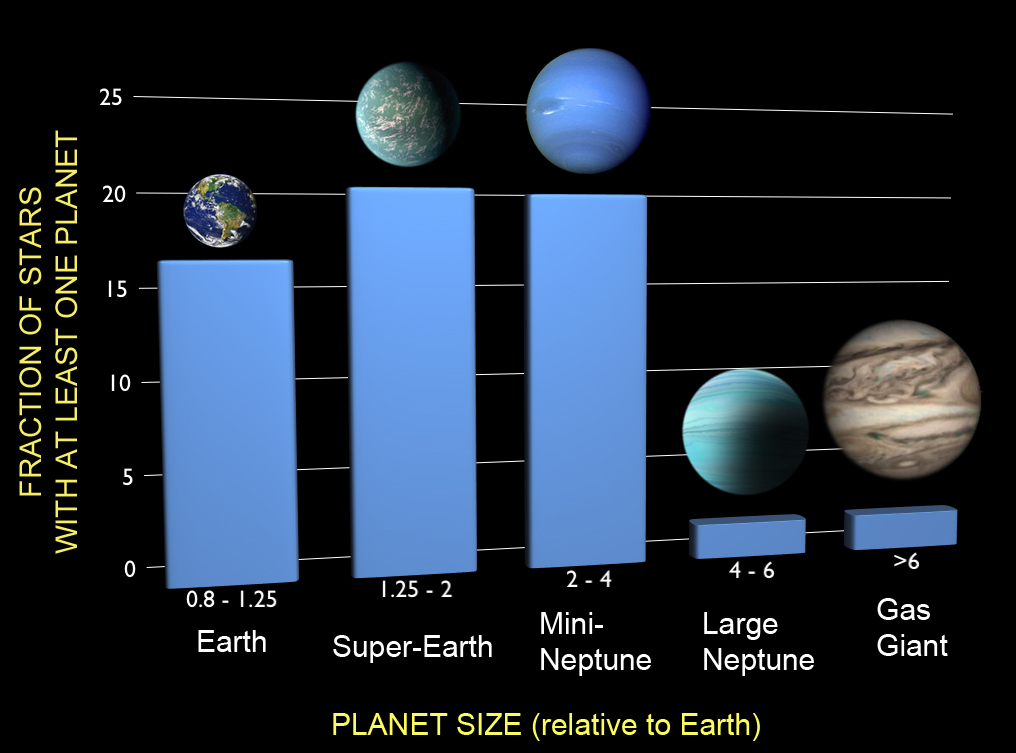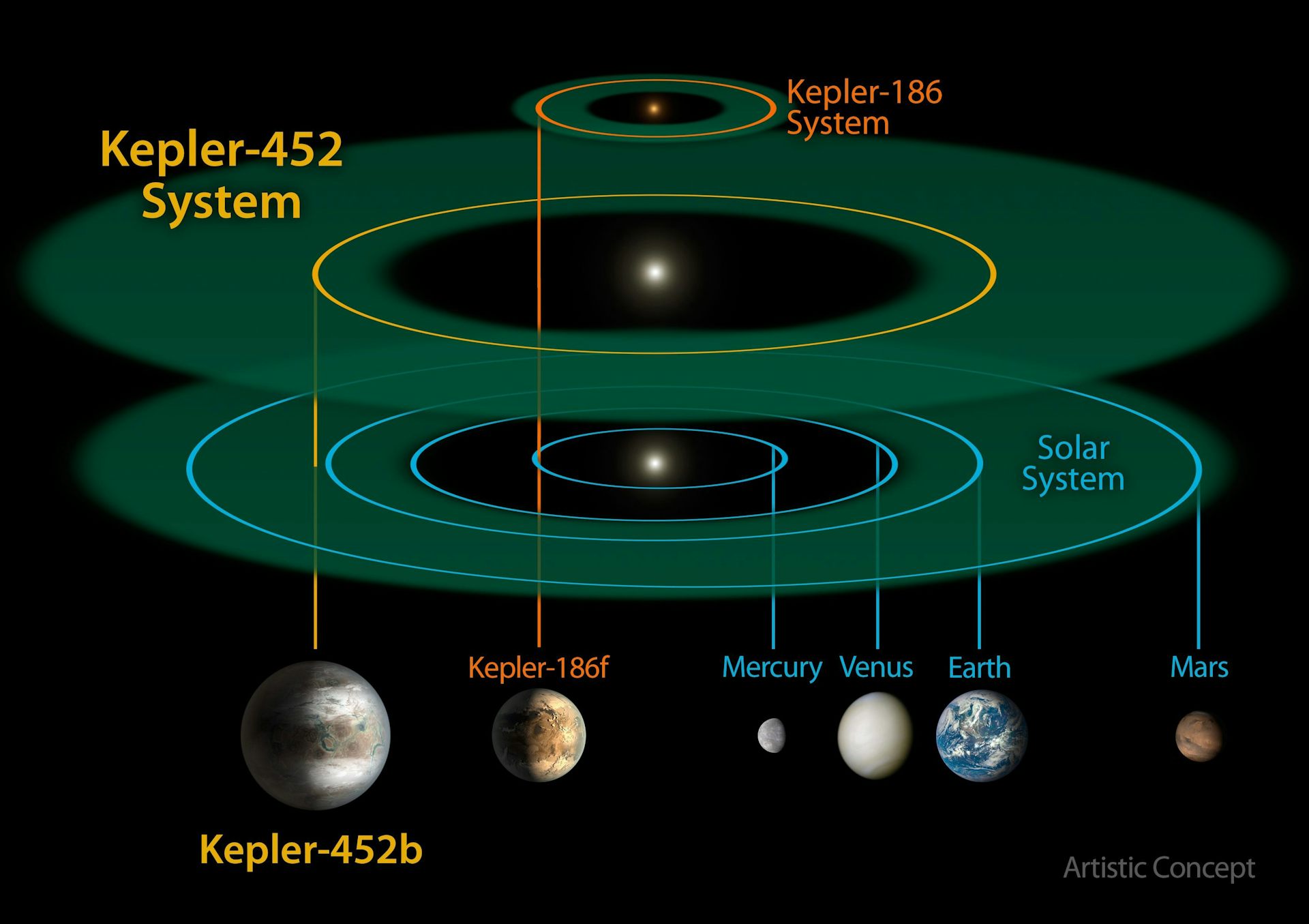

The study team found 27 short-duration candidate microlensing signals that varied over timescales of between an hour and 10 days. The study, led by Dr Iain McDonald of The University of Manchester, UK, (now based at the Open University, UK) used data obtained in 2016 during the K2 mission phase of NASA’s Kepler Space Telescope.ĭuring this two-month campaign, Kepler monitored a crowded field of millions of stars near the centre of our Galaxy every 30 minutes in order to find rare gravitational microlensing events. The results include four new discoveries that are consistent with planets of similar masses to Earth, published today in Monthly Notices of the Royal Astronomical Society. Both of these missions will be optimized to search for microlensing signal.Tantalising evidence has been uncovered for a mysterious population of ‘free-floating’ planets which may be alone in deep space, unbound to any host star. It is exciting that the ESA Euclid mission, which will be joining this mission as an additional science activity, could also participate in it.Future missions like the NASA Nancy Grace Roman Space Telescope and possibly the ESA Euclid will focus on confirmation of the existence and nature free-floating planets. These signals are so rare that Einstein thought they would never be observed. It now passes the baton to other missions, which will be looking for such signals. It's as simple as searching for a single flash of a firefly on a motorway median using a handheld cellphone.Eamonn Kerins from the University of Manchester comments that Kepler has done what it was never intended to, providing more tentative evidence for the existence of a free-floating population of planets. Unfortunately, we only have one chance at seeing a signal before it disappears. We try to find tiny brightenings that are characteristic of planets from this cacophony. There are thousands of bright stars, each with a different brightness, as well as thousands of asteroids, which skim across the field.

To find signals in the Kepler data, new data reduction techniques were needed.Iain writes: "These signals can be extremely difficult to locate." We pointed an elderly telescope with blurred vision to one of the most densely populated parts of the sky. One out of every million stars of our Galaxy is visible affected by microlensing, though only a small percentage of these can be attributed to planets.Kepler was not intended to search for planets with microlensing or to study dense star fields in the inner Galaxy. This causes a brief burst of brightness that can last for hours or days. It describes how light from a background star can temporarily be magnified by other stars in its foreground. These planets could have formed originally around a star, before being ejected from the gravitational pull of heavier planets in this system.Microlensing was predicted by Albert Einstein 85 year ago, as a result of his General Theory of Relativity. This suggests that they may be free-floating, or even planetary events. The four shortest events, however, are new discoveries consistent with similar-sized planets to Earth.These new events don't show the accompanying longer signal expected from a star. Many of these signals were previously observed in ground data. Kepler observed a dense field of millions stars close to the center of our Galaxy for two months in order to detect rare gravitational microlensing phenomena.The team discovered 27 candidate microlensing signals with short durations that varied in time between one hour and 10 days. The data used for the study were obtained during NASA's K2 mission phase of its Kepler Space Telescope. Four new discoveries, which are consistent with Earth-sized planets, were published in Monthly Notices of the Royal Astronomical Society.Iain McDonald, now at the Open University in the UK, was the study's leader. Tantalising evidence has been found for a mysterious "free-floating", or unbound, population of planets.


 0 kommentar(er)
0 kommentar(er)
